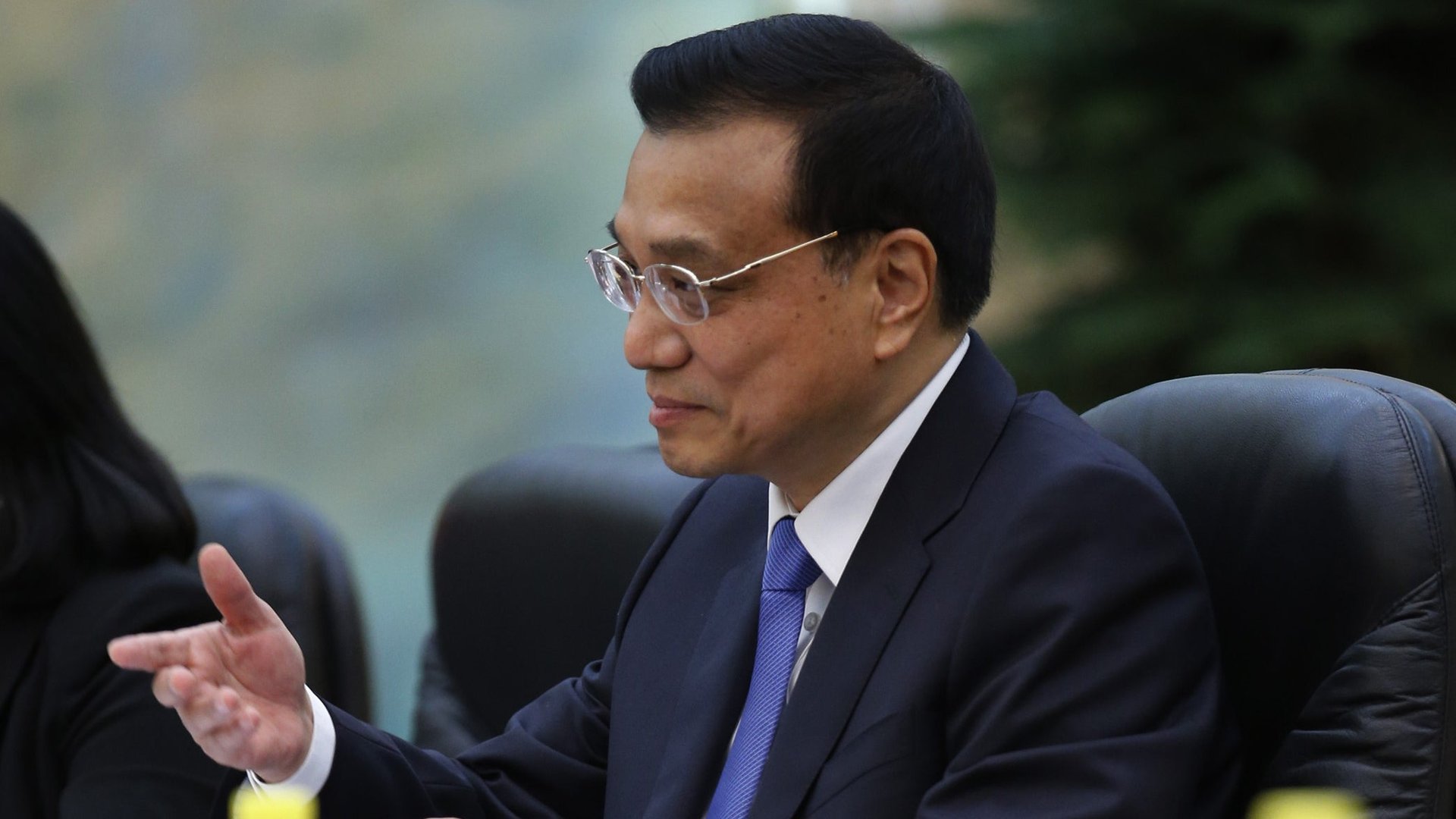China’s promise to open up capital flows is a big deal—but there is a very long list of problems to be solved
China announced this week that it will formulate plans to permit more capital to flow in and out of the country, a key element of yuan convertibility, and liberalize its interest rates (link in Chinese), by the end of the year.


China announced this week that it will formulate plans to permit more capital to flow in and out of the country, a key element of yuan convertibility, and liberalize its interest rates (link in Chinese), by the end of the year.
In the simplest terms, yuan convertibility refers to the government allowing foreigners to invest more freely in China, and letting Chinese people and businesses invest overseas. The second and arguably more important reform is allowing the market to set interest rates. At present, the government caps the rate on deposits, and sets floors on those for loans, which in economic parlance is called “financial repression.”
These long-awaited reforms are needed to solve a litany of structural problems in the Chinese economy. The current model, reliant on state-led investment and strict controls, has enabled the country’s explosive economic growth, but has created a host of unintended side effects that will need to be addressed if China wants truly to transition to a consumer-driven economy and create a vibrant middle class.
This is no small task. Nearly two decades of capital controls have made China’s economy increasingly precarious, with a number of entrenched interest groups that are resistant to reform.
Chinese households are getting screwed
Right now, the artificially low exchange rate has the effect of transferring purchasing power from Chinese consumers to foreigners buying Chinese goods (and, hence, to Chinese manufacturers). Instead of spending their money, Chinese consumers save even more, which makes funds even more freely available to banks and corporate borrowers.
Meanwhile, the government’s interest rate setup has meant negative real interest rates for depositors for most of the last 15 years. But the closed capital accounts and limits on what depositors can hold in foreign currencies mean that they have few other assets in which to invest (resulting in asset bubbles in everything from art and real estate to gold and pu’er tea). This week’s announcement on capital accounts means Beijing will stop screwing over households sooner than we expected.
The central bank has a $3.4 trillion problem
Reforming the yuan exchange rate will also allow the People’s Bank of China to stop shooting itself in the foot. The mechanism for keeping the yuan’s value cheap is for the PBOC to buy dollars and other foreign currencies, keeping the value of the yuan artificially low. As a result, the PBoC has accumulated $3.4 trillion in foreign currencies. And as the US dollar has weakened and the yield on US Treasurys has plummeted—and as euro-denominated assets have become riskier—that pile of cash has become a real albatross. The government has created a couple of sovereign wealth funds to seek out assets with better returns, and may be mulling the creation of another. But until the yuan is freely traded, the central bank has to keep buying up more and more low-performing assets.
State-owned banks are uncompetitive and riddled with bad debts
These reforms will also alleviate some of the perverse financial incentives that the fixed exchange and interest rates have created.
For example, the super-cheap funds made available to banks on behalf of depositors effectively subsidizes borrowers—especially inefficient and profligate state-owned companies, local governments, and real estate developers. Many of their projects are so wrongheaded that they can’t pay back the loans. This has been a major factor driving the market in off-balance-sheet loans that make up the shadow banking sector—a source of funds to pay back existing debt.
The current system also made it easy for banks to make money in a relatively competition-free environment, since they don’t have to fight for the business from depositors. As lending profits dry up, banks will need to find new sources of income—and they’re not necessarily well equipped to do that, particularly in the presence of foreign competition.
Reform means upending China’s entire development model
Exchange rate and interest rate repression are so fundamental to China’s economic growth that there is almost nothing that would not be affected by reforms—it’s a Rube Goldberg contraption of financial and political interests, with almost unimaginably large amounts of money and political power held in the balance.
That’s why the government has traditionally been extremely opaque about how and when it will implement reforms. That’s not likely to change. A Chinese economist close to the State Council discussions told Reuters that the schedule of reform won’t be made public. So while this week’s announcement is a very big deal, actual change could be a very long time in coming.